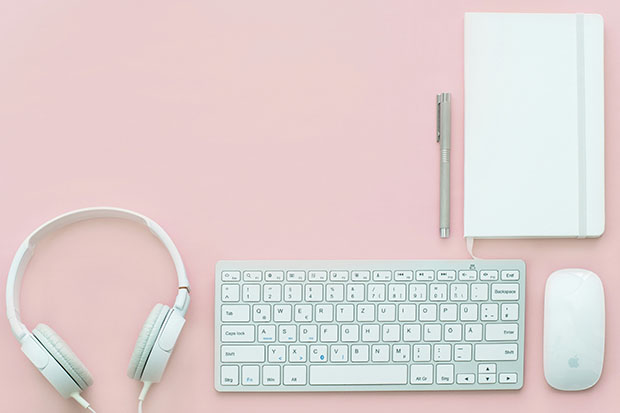How to Make Your Web Design Pop Without Killing Your Load Time
You’re excited to update your site. You’ve seen some fun animations and other elements you want to incorporate. Stop before you take another step.
Those things are cool, but they can also slow your load time. With the modern web user, this could be a killing blow. People decide to click away in milliseconds. Therefore, you don’t have any time to waste.
You’re better off having a simple design that loads immediately. In this post, we’ll look at how you can make your website pop with simple, strategic design choices.
Prioritize Visual Hierarchy and Clean Layouts
The best way to impress visitors is to start with a well-structured layout. You want to guide your users’ eyes seamlessly across the page. Doing so makes it easy for them to find the information they need. It also simplifies navigating the page.
Here are some ways to clean up the layout:
- Use Contrast: Take advantage of color contrast, size differences, and spacing. These elements allow you to emphasize important sections like headlines, buttons, and calls to action. For example, bolding a header and making it a slightly darker tone draws the eye immediately.
- Grid-Based Layouts: Grids ensure consistent spacing and alignment across the design. They keep the elements organized for a clean, professional look.
- Whitespace: Do a little experiment. Write a page of text without spaces. Now, create another document using the same information. This time, space it nicely. Look at both side-by-side. Do you find the one page more overwhelming? Adding negative space creates an uncluttered look.
Focus on Typography as a Design Element
We always think about pictures when it comes to design. However, the text you use is just as important. You can personalize your site without bloating it by using typography.
Here’s how to get it right:
- Stick to One or Two Fonts: Limiting your font choices ensures that you have a clean, cohesive look. You should use different weights, such as bold, medium, or light.
- Use Scale and Spacing: You can change the font sizes for different elements like headlines and subheadings. Doing this guides your users through your content.
- Consider Font Personality: You can choose a font that reflects your brand’s tone. You can choose something classic or playful. Just be sure that the text is easy to read on several screen sizes.
Embrace a Strategic Use of Color
Color evokes a range of emotions. Do you need to reassure clients you’re trustworthy? Blue is a great color to do just that. Want to stand out as the fun, exciting brand? Consider using reds and bright oranges.
Color is a great way to improve a page without bloating it too much. Consider:
- Using a Limited Color Palette: Choose two to three main colors and use accents to make them pop. This strategy creates a cohesive look that’s easy to align with your brand identity.
- Accent and Contrast Colors: You should use contrast colors for buttons, links, and other interactive elements. Your customers will then be able to see them easily. You can also use a muted background with pops of color for maximum impact.
- Create a Mood with Color: Blues and greens evoke calm and trust. Reds and oranges create energy and urgency. You can use colors to support the message you want to convey.
Enhance User Experience with Thoughtful Interactions
Can you think of things that will enhance the user experience and improve engagement? Here are some ideas:
- Microinteractions: You can use small animations, such as hover effects to engage customers. These don’t bloat your site but make it slightly more interesting.
- Simple Animations: Focus on simple animations that create real value for the user. Otherwise, you’re distracting your client and potentially slowing your site’s load speed.
- For example, you can open the help desk window by hovering over a button. Customers will receive the professional support they need, so it’s a win-win.
Use High-Quality Images Thoughtfully
As they say, a picture paints a thousand words. Carefully chosen images can improve your design. Unfortunately, the files tend to be bigger so they might load more slowly. Therefore, you need to stick to high-quality, relevant images.
Conclusion
When it comes to web design, clean and simple wins the day. While there are a lot of fun animations, these seldom add enough value to justify the increase in resources. Have a careful look at your site and how quickly it loads. Use techniques like changing the font and color palettes to make it more interesting without slowing load speeds.
Copyright © . All Rights Reserved
